An infrared sensor case is a purpose-built housing crafted to safeguard infrared sensors—electronic devices that emit and detect infrared radiation to perceive various elements of their environment. These enclosures are vital for preserving the longevity and efficacy of the sensors they contain, which are employed across a spectrum of uses, from domestic automation to security systems. Alibaba.com offers an extensive selection of these cases, each designed to satisfy the distinct demands of commercial purchasers in search of premium housings.
Types and Characteristics of Infrared Sensor Cases
Alibaba.com's assortment of infrared sensor cases spans a broad range of needs for different infrared sensors, each with its own set of specifications. Some enclosures are crafted for passive infrared sensors that are integral to motion detection systems, while others are customized for active infrared sensors found in precision measurement instruments. These cases come in various forms, with some featuring sleek, unobtrusive designs suitable for residential security setups, and others offering sturdy, industrial-grade protection for more demanding environments. For instance, a case for a wireless infrared sensor may prioritize installation convenience and signal clarity, while one intended for high-temperature applications would emphasize thermal resistance and resilience.
Structure and Operation of Infrared Sensor Enclosures
The infrared sensor case is more than a mere shell; its architecture is essential to the sensor's functionality. Inside, the case might present a segmented layout to isolate delicate electronic parts, ensuring that thermal or electronic disturbances do not compromise sensor performance. On the outside, the enclosure could include adaptable mounting points for various surfaces or fixtures, facilitating strategic positioning. Certain cases also feature a hinged cover or detachable bottom to allow straightforward access for sensor upkeep or adjustment. The sensor's effectiveness hinges on the case's integrity, which is engineered to sustain a consistent internal milieu.
Materials and Properties of Infrared Sensor Cases
In terms of materials, stainless steel is favored for its formidable tensile strength and capacity to withstand elevated temperatures, rendering it ideal for industrial settings where endurance is key. Polycarbonate is chosen for its exceptional infrared transparency and impact resilience, advantageous for residential or commercial environments where sensors must be discreet yet effective. These substances are also selected for their enduring reliability, as they resist degradation from UV exposure or temperature fluctuations, ensuring sustained sensor accuracy over time.
Business Usages and Applications of Infrared Sensor Enclosures
In the commercial sphere, infrared sensor cases are fundamental to operations in areas such as logistics, where they facilitate automated sorting systems, or in agriculture, where they assist in monitoring the health of livestock and crops through thermal imaging. In logistics, these enclosures are pivotal for safeguarding sensors that streamline packaging lines, boosting productivity and diminishing manual labor. In agriculture, they protect the sensors from the elements, enabling consistent monitoring of thermal variations crucial for managing crops and livestock. The deployment of these cases across various industries underscores their adaptability and the significant role they play in bolstering business operations by guaranteeing sensor dependability and precision.
Functions of Infrared Sensor Cases
The infrared sensor case fulfills several roles beyond simple protection. It is engineered to augment the sensor's capacity for precise infrared detection and measurement by warding off dust, moisture, and other pollutants. Moreover, the case can be tailored to reduce electromagnetic interference, which might otherwise lead to inaccurate readings or sensor malfunctions. This is particularly critical in settings with substantial electronic noise, such as manufacturing plants or data centers.
Features of Infrared Sensor Enclosures
Each infrared sensor case listed on Alibaba.com may boast features that enhance its practicality and performance. Some cases have a modular design, permitting the integration of additional elements like lenses or filters to customize the sensor's function for specific needs. Others may incorporate adjustable brackets or pivoting mounts, offering versatility in sensor alignment and viewing range. These attributes not only expand functionality but also streamline the installation process and broaden the scope of potential applications.
Benefits of Using Infrared Sensor Cases
The advantages of employing a well-crafted infrared sensor case are numerous. For enterprises, the primary benefit lies in the protection it provides, which translates to cost savings by minimizing sensor downtime and maintenance requirements. The case also enhances the sensor's precision and dependability, which can be crucial in scenarios where accuracy is imperative, such as in manufacturing quality control or in security systems where false alerts must be kept to a minimum.
How to Use and Maintain Infrared Sensor Enclosures
Proper utilization of an infrared sensor case entails adhering to the manufacturer's installation protocols. This guarantees not only optimal protection but also that the sensor is positioned to operate as intended. Maintenance should include inspections for any damage to the case, ensuring that seals are intact, and cleaning the enclosure with non-abrasive materials that are compatible with its composition to preserve its protective properties.
How to Choose the Right Infrared Sensor Case
Selecting the appropriate infrared sensor case requires an understanding of the sensor's specific needs and the conditions it will face. Considerations such as sensor size, the type of infrared radiation it detects, and the environmental challenges it must endure are all pivotal. Additionally, the case's accessibility for sensor adjustments and its compatibility with the sensor's mounting specifications should be taken into account.
How to Install Infrared Sensor Enclosures
The installation of an infrared sensor case typically involves affixing the enclosure to a surface or structure, ensuring an unobstructed view for the sensor to monitor its target area. It is crucial to observe the manufacturer's guidelines to prevent obstructing the sensor's field or impairing the case's protective features. Furthermore, wiring and connections must be properly insulated and secured to avert damage and maintain consistent operation.
Target Audience and Meeting Their Needs
The intended market for infrared sensor cases comprises businesses and industries that depend on infrared sensors for their daily functions. These enclosures are crafted to fulfill the requirements of such clients by offering a product that is both efficient and dependable. Whether for security, automation, or environmental tracking, these cases are engineered to ensure that the sensors execute their duties effectively, providing assurance and continuity for the users.

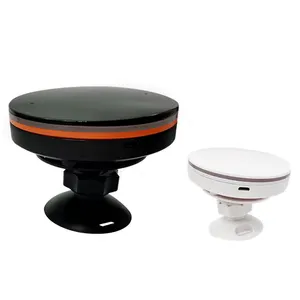



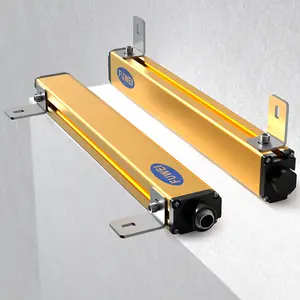



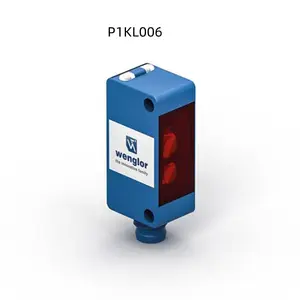

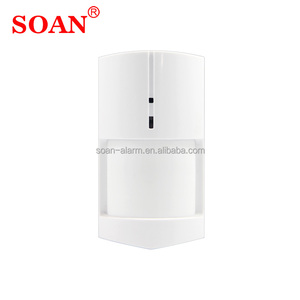
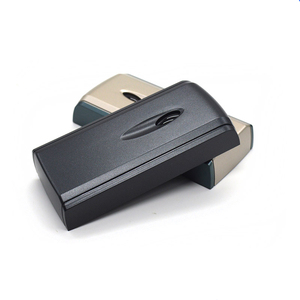
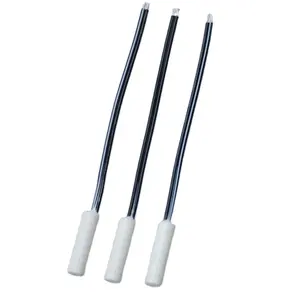














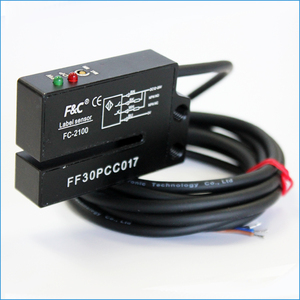


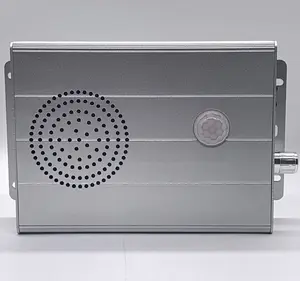

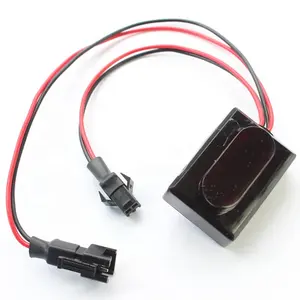
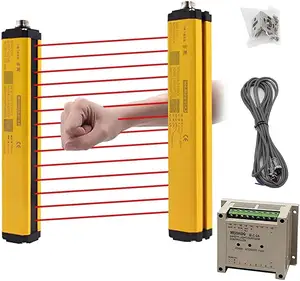
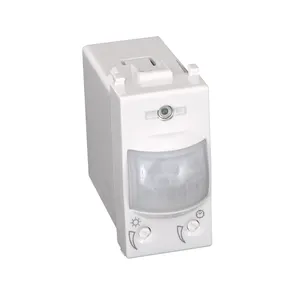
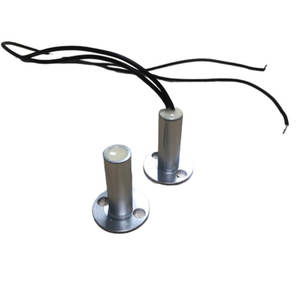











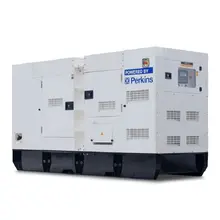


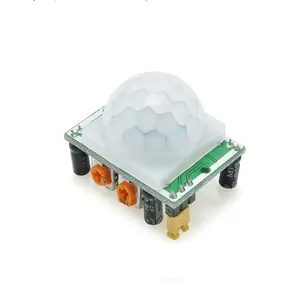




















 浙公网安备 33010002000092号
浙公网安备 33010002000092号 浙B2-20120091-4
浙B2-20120091-4